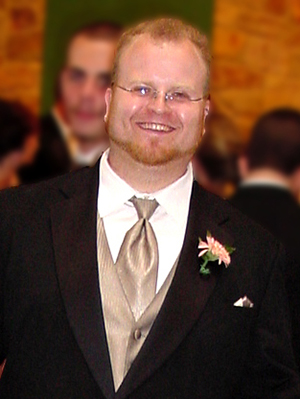
"The crane was speaking, but nobody was listening."
This is how David Kwass, an attorney who filed a wrongful-death lawsuit for the family of deceased construction worker Michael "Mikey" Simermeyer, describes the events leading up to a fatal crane accident in April 2012 at an extension of Manhattan's No. 7 subway line.
"If there is one lesson to learn from this accident," Kwass continues, "if you hear something funny, if you see something funny, speak up."
After mediation, the Simermeyer family and contractor insurance company Liberty Mutual on Aug. 1 agreed to settle the case for $1 million. Liberty Mutual settled the case on behalf of construction manager Yonkers Contracting Co.
Simermeyer, a 30-year-old rebar laborer who worked for J&E Industries LLC, was killed when the 160-ft-long lattice boom of a Manitowoc 4100 crawler crane, which Yonkers operated, came crashing down suddenly onto the jobsite. According to Kwass, early forensic evidence pointed to warning signs that wire rope supporting the boom was wearing out. There was no load on the hook at the time of the accident.
"There were lots and lots of metal shavings that corresponded with the boom line," Kwass explains. "What that tells us is that this line was not evenly and properly spooling in and spooling out." Kwass is a Philadelphia-based personal-injury attorney at Saltz, Mongeluzzi, Barrett & Bendesky and a specialist in litigating crane and aerial-lift accidents.
What's more, Kwass says, the crane was making unusual noises in the days leading up to the accident, and no one either reported the crane's behavior or took action.
"That can be very hard for someone on a construction site," Kwass admits. "It's easy for me sitting in my office to say that, but it really can be life and death."
A boom hoist-line failure is less common than a load-line failure, experts say. Still, the crane had passed inspections prior to the accident, and the faulty wire rope was not detected.
"I don't know when the frequent inspections were done, and I can't tell you if this problem would have been symptomatic at the time of the frequent inspection. But once it is making noise and doesn't feel right, then you take it out of service," Kwass tells ENR. Federal regulations require all construction cranes to be inspected each shift, monthly and annually.
According to the complaint filed on Oct. 9, 2012, inspections were missed or "ghost inspections" were performed on the crane, and responsible parties "negligently allowed the said crane to be falsely certified" months prior to the accident. A full inspection "would have revealed defects in its hoisting system and cables," the complaint alleges.
Yonkers, which did not respond to ENR's request for comment, received 10 serious citations and fines totaling $68,000 for violating U.S. Occupational Safety and Health Administration regulations, including failure to inspect wire rope prior to each shift. The company is contesting the citations. J&E was fined $7,000 for a serious violation of failing to ensure riggers were qualified. It settled with OSHA this past March for $4,500.
The case was filed in the Supreme Court of the State of New York and included the Metropolitan Transportation Authority, New York City Transit Authority, the City of New York, Hudson Yards Development Corp. and Manitowoc Crane Group as defendants. The settlement, which is not subject to a confidentiality agreement, releases Yonkers from further liability and dismisses the other defendants.



Post a comment to this article
Report Abusive Comment